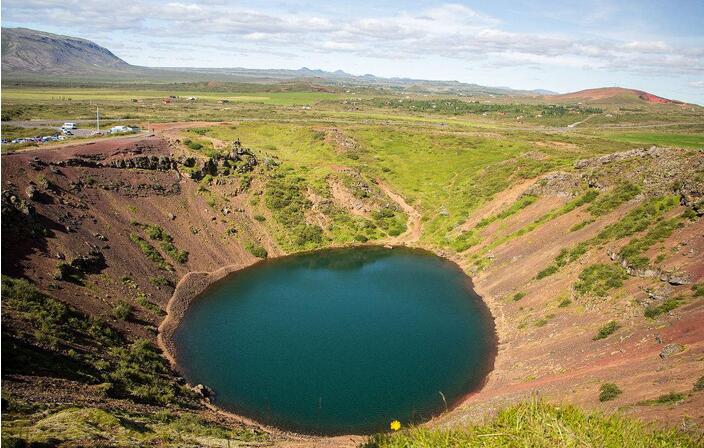(单词翻译:单击)
Now have a young person drop rocks onto the moonscape.
现在,让一位年轻人往“月球表面”上扔石头。
When it hits, the energy of the falling rock is transferred to the powdery surface, and voila! Impact crater.
当石头撞击表面时,石头下落的势能会在粉状表面转化成撞击力,瞧!陨石坑出现了。
Instead of just doing it at random, though, have your young person drop one rock from a height of two feet, another from four feet, and another from six feet.
不要随意地投掷石头,先从两英尺的高度往下扔,然后再从四英尺的高度扔,最后从六英尺的高度再扔一次。

You’ll find that the craters change shape depending on the energy of the incoming meteorite.
你会发现,陨石坑的形状会随着陨石的势能而改变。
Higher-energy impacts make wider craters, with debris shooting out from their centers in what are called “rays.”
能量越大,形成的陨石坑就越大,陨石坑中心受到撞击后碎片如射线般四处飞溅。
Smaller ones look like little volcanoes. Throwing a stone at an angle makes an oblong crater.
较小的陨石坑看起来像小火山。以倾斜的角度扔石头会形成椭圆形的陨石坑。
Afterward, take a look at the moon again through binoculars when it rises.
以后等月亮升起时,再用望远镜仔细观察。
You may have a better sense of what all those pock-marks really are!
你可能就会对月球上的这些“凹坑”有更深刻的认识了。
译文为可可英语翻译,未经授权请勿转载!


